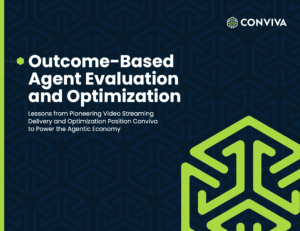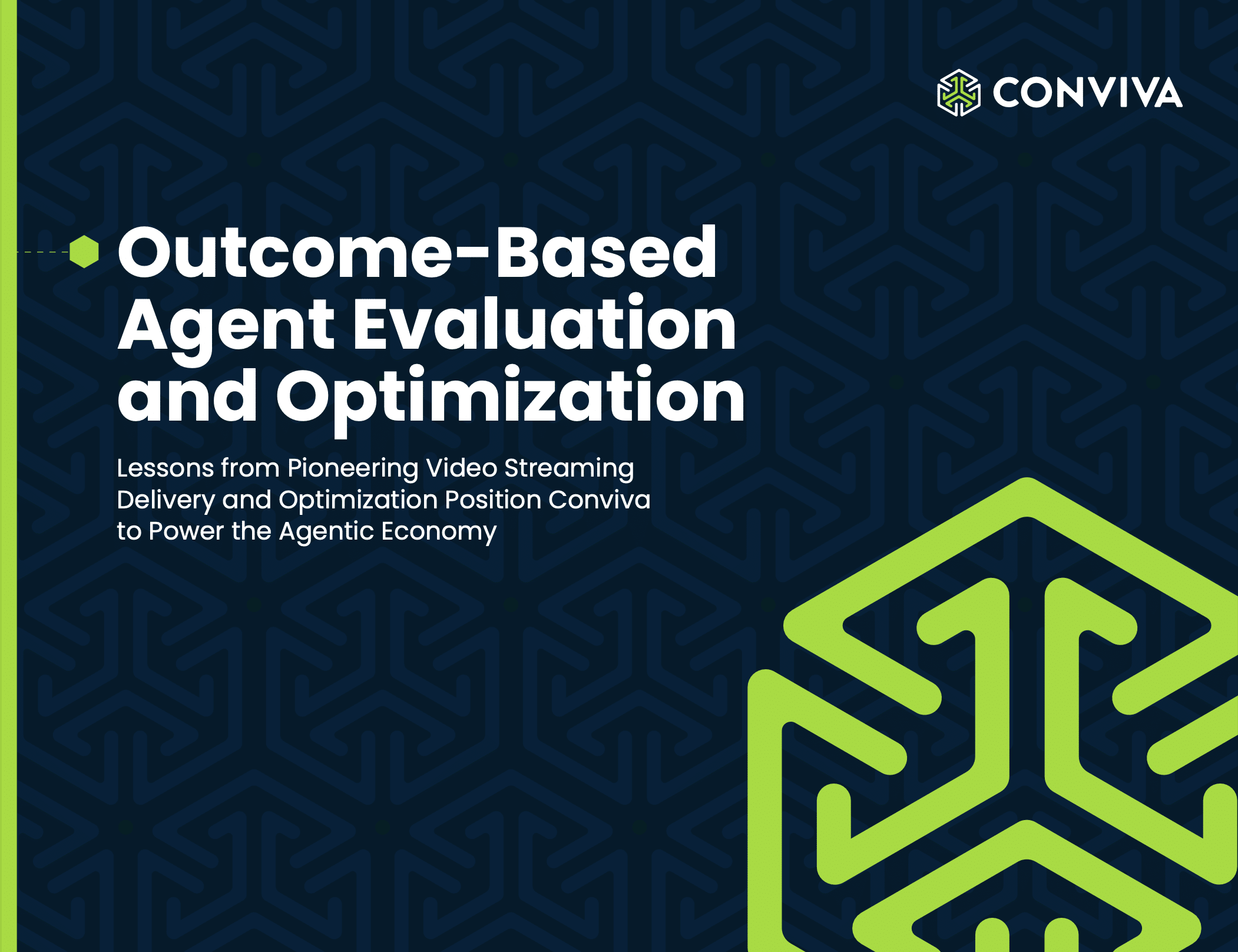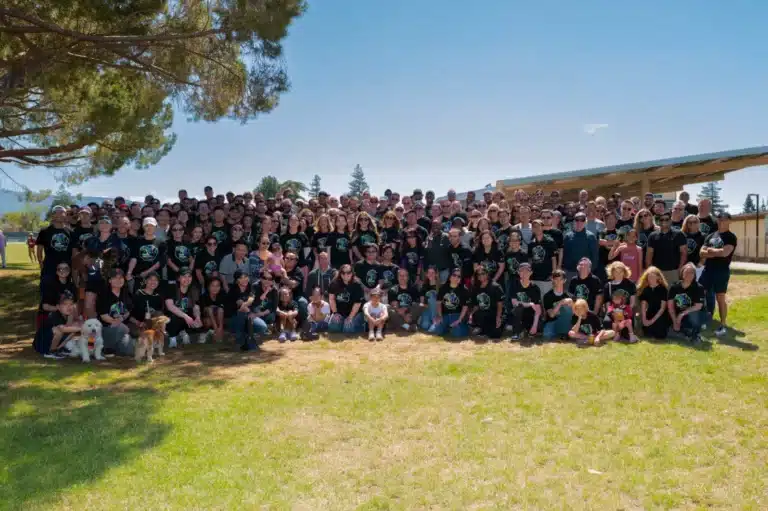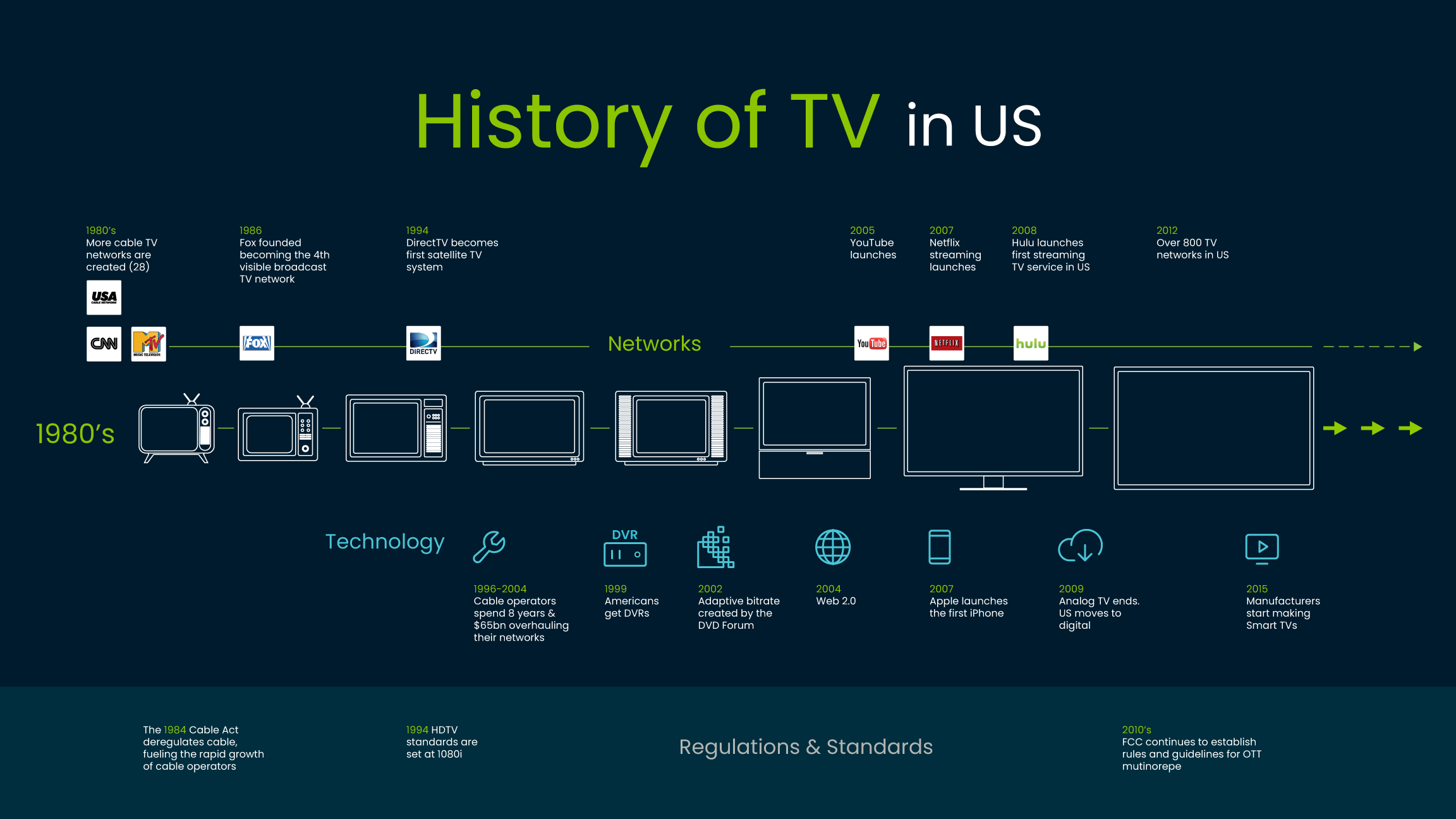OTT video is growing fast. Industry experts expect revenue for the OTT video segment in the United States to reach over $316 billion in 2023 and continue growing at a rate of 10.01% per year.
This growth represents a tremendous opportunity for streaming providers. However, to capitalize on it, they must transition to OTT while maintaining profitability with their traditional delivery networks. Conviva’s live webinar will guide you through this shift and help you balance innovation and profitability.
Key Takeaways:
- OTT is changing the streaming industry in multiple ways, including shifting the preferences and strategies of viewers, broadcasters, and advertisers.
- Streamers must adapt their content delivery models and user platforms to match the changing preferences of content providers, viewers, and advertisers.
- Technology impacts how viewers consume content and provides streamers with more tools to improve customer experience and subscriber retention.
- Content providers must leverage big data to identify ways to create more engaged users to reduce churn.
- While OTT platforms are changing the industry, it is too early to abandon traditional platforms. A hybrid model is necessary for most streamers to be profitable going forward.
How Is OTT Changing the Streaming Industry?
The rising popularity of OTT media platforms with consumers is changing the preferences of broadcasters. Many content providers used to rely on traditional distribution methods, such as cable and direct-to-home broadcast services. However, with the subscriber base shrinking for traditional platforms and growing for OTT platforms, broadcasters are beginning to prefer OTT.
Why Are Broadcasters Shifting to OTT?
In addition to enhancements in the subscriber base, the shift to OTT platforms is happening for several reasons. Because OTT lets you deliver your content straight to customers, you can more easily build direct relationships with users and strengthen their brand.
OTT platforms also provide content providers access to a wealth of data on how users interact with their content. This data assists you in customizing content to match your customers’ preferences.
Why Are Consumers Shifting to OTT?
OTT makes consuming streaming content more convenient for viewers. When broadcasters distribute content on an OTT platform, viewers can watch whatever they want on their preferred devices and at their convenience. This flexibility creates a seamless viewing experience that users increasingly prefer to traditional platforms.
How Does Shifting to OTT Benefit Streamers?
Because OTT is where both broadcasters and viewers want to be, shifting to OTT helps streamers access quality content and grow their subscriber base, which has obvious benefits for revenue growth.
OTT is also growing in popularity with advertisers. Advertisers want to put their products in front of as many customers as possible. Advertising on OTT platforms improves marketing ROIs and conversion rates, which can translate to more revenue for streaming platforms.
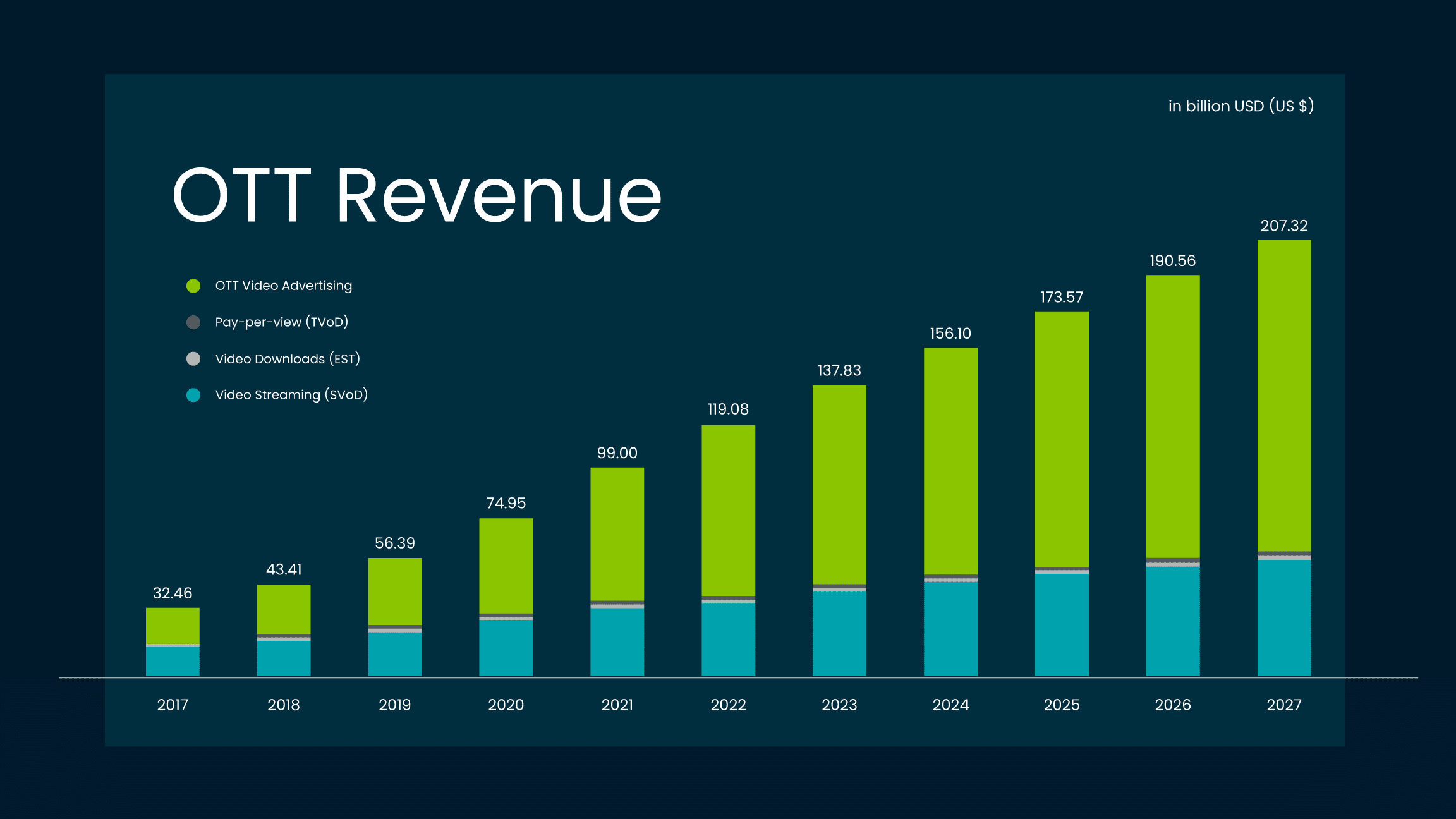
How Is Technology Driving the Shift to OTT?
Artificial intelligence is a hot topic across many industries, and the streaming industry is no different. Emerging OTT video technologies use AI to deliver improved customer experiences. AI technologies help streamers better determine what customers want to watch, which can lead to increased customer retention and revenue.
AI isn’t the only technology driving OTT. The proliferation of 5G internet provides more people with high-speed access that allows them to enjoy streaming content without lags and buffering.
Why Must OTT Platforms Leverage Big Data To Succeed?
Customer churn is a major obstacle for OTT providers. Because it is much easier to jump from one OTT provider to another than it is to switch between traditional media platforms, such as cable providers, customers may quickly switch to a different provider if their viewing experience degrades even slightly. To remain successful, OTT providers must leverage big data to find ways to entice users to maintain their subscriptions.
Content personalization is one of the keys to improving the user experience and identifying engaging content to keep subscribers. Leveraging big data helps OTT providers understand their customers’ preferences.
OTT providers can use the insights they gain from deep big data streaming analytics to improve the content recommendations on their platforms, better understand which content is in high demand, and make informed decisions about content dissemination based on user behaviors.
Why Is Optimizing a Hybrid Delivery Model Important?
The OTT market is becoming a significant part of the streaming industry. However, traditional platforms are not dead. Trying to walk both worlds is challenging but necessary. Jumping to an all-OTT model may leave a significant portion of some streamers’ subscriber base behind.
However, waiting too long to transition can leave a streamer in the dust as more customers, broadcasters, and advertisers move to OTT. Understanding the market is critical.
To succeed, each streamer must examine its subscriber base to determine its consumption patterns and the optimal strategy moving forward. Streamers must also consider how well they can scale their offerings based on the size and fragmentation of their markets.
You’ve become very good at tackling the challenge of delivering content. However, to successfully monetize that content as the market matures, you must also be able to effectively navigate a changing industry.
Join Conviva for The Road to OTT: Balancing Innovation With Profitability Webinar
The rise of OTT presents both opportunities and challenges for streaming providers. Conviva can help you overcome challenges and seize opportunities.
You will leave with actionable best practices on:
- How to adapt to the changing streaming industry
- How to leverage data to drive product innovation
- How to optimize content for hybrid delivery



